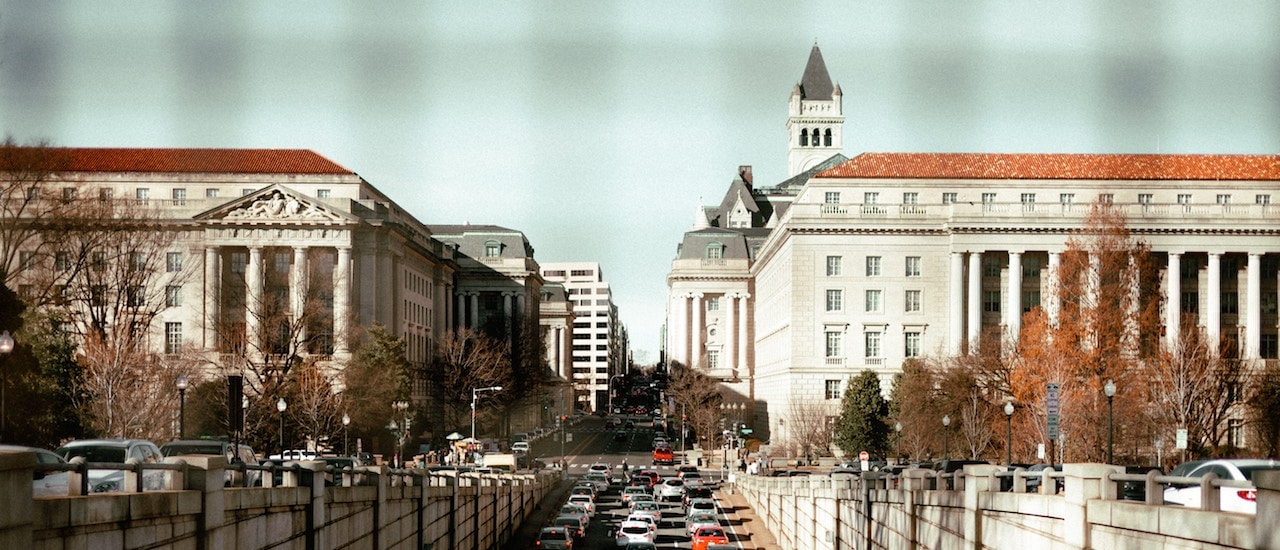Debates regarding net neutrality regulation in the United States have been carried out for over a decade. Rulemakings by the FCC have been passed numerous times, won and lost in court, and been repealed, resulting in years of political back and forth. Now, net neutrality is being argued for and against on Capitol Hill and its regulatory future is unclear.
To address this political limbo, the Internet Society convened experts from the technical community, public interest groups, and academia to discuss how we can create a permanent solution for net neutrality that protect the interests of Internet users while fostering an environment that encourages investment and innovation. During this half-day event, participants began a conversation to define net neutrality, what conduct it should cover, how compliance could be assured, and how to balance consumer and private sector interests.
The discussion was moderated by Larry Stickling, Executive Director of the Collaborative Governance Project at the Internet Society, and included a balanced group of politically left- and right-leaning public interest groups, private sector organizations, and academics. The event was under Chatham House Rule and did not allow tweeting during the meeting in order to encourage participants to freely and respectfully voice their opinions.
Participants began by discussing high-level principles for the open Internet and agreed that Michael Powell’s 2004 ‘Internet Freedoms’ were a good starting point. With a few adjustments, the group reached consensus on the following principles for the open Internet:
- Users should have access to their choice of legal content.
- Users should be able to run and create applications of their choice.
- Users should be permitted to attach any devices they choose to the connection in their homes.
- Users should receive meaningful information regarding their service plans.
The discussion then turned to stakeholder expectations. Participants identified six relevant stakeholder groups that may impact or be impacted by these principles, including Broadband Internet Access Providers (BIAP), users, platforms, content providers, device makers, and the government. They then attempted to reach consensus on what each stakeholder group should reasonably be expected to do to uphold the agreed upon open Internet principles. Though several points were discussed for each, the group agreed that “protect security” and “be transparent” were reasonable expectations for every stakeholder group, though implemented in different ways depending on the stakeholder.
After establishing the principles of the open Internet, relevant stakeholders, and expectations of stakeholders, the group discussed how to define net neutrality. All participants agreed that any rules must include protection against blocking or throttling of content. The group determined that net neutrality must include a degree of transparency and a prohibition against any anticompetitive interference, though there was not consensus on how to define either of those terms. They also agreed that net neutrality must be subject to reasonable network management, though a means of defining “reasonable” was not reached, and that there must be a general conduct standard.
To end the conversation, participants discussed which regulatory agency should be assigned the task of ensuring net neutrality is upheld. Ultimately, the participants agreed that, with concessions and the creation of a general conduct standard, they could live with either the FCC or the FTC as the net neutrality regulatory body. However, some participants cautioned that the FTC has shortcomings that would need to be addressed in further discussions.
Moving forward, this group has agreed to continue to meet in an attempt to reach consensus on what a general conduct standard may look like, whether or not paid prioritization should be included in the definition of net neutrality or whether a general conduct standard could replace it, and how penalties or remedies should be addressed.
The Internet Society was very pleased with the open conversation participants engaged in and the progress that was made as a result. We look forward to hosting additional meetings in the coming months as we attempt to find a multistakeholder solution to the net neutrality regulatory debate in the United States.

